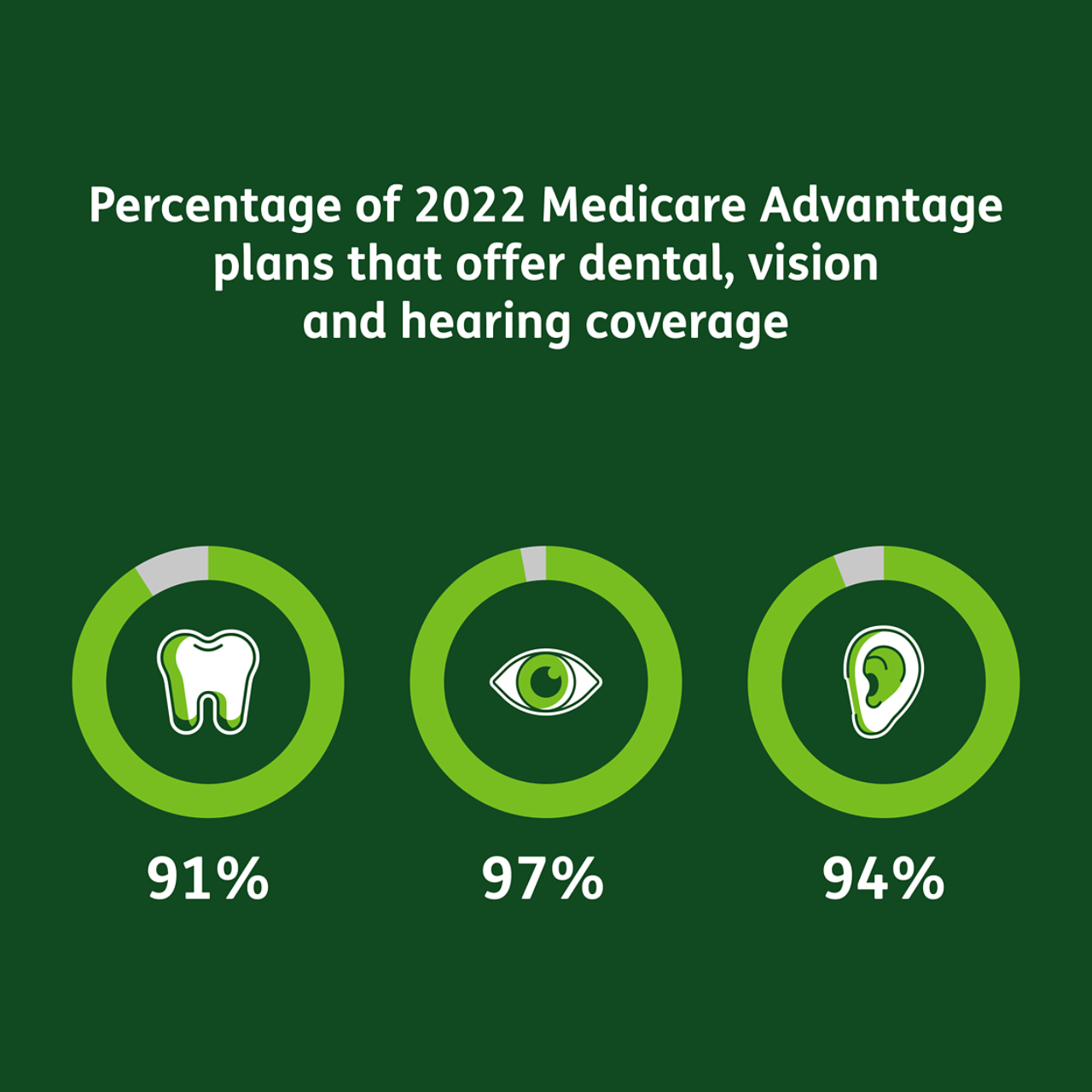Understanding Medicare Advantage
Medicare Advantage is critical to providing comprehensive healthcare benefits to Americans. Learn more about the unique aspects of Medicare Advantage and navigate to additional resources below.
What is Medicare Advantage?
For over 20 years, the Medicare Advantage program has been integral to the Medicare guarantee, offering choices and meeting the comprehensive healthcare needs of American seniors. Under this public-private partnership, plans must cover the same services as fee-for-service Medicare. The savings generated through care coordination are reinvested into lowering beneficiaries’ premiums and out-of-pocket costs and providing supplemental benefits such as dental, vision, hearing, meals, and transportation.




